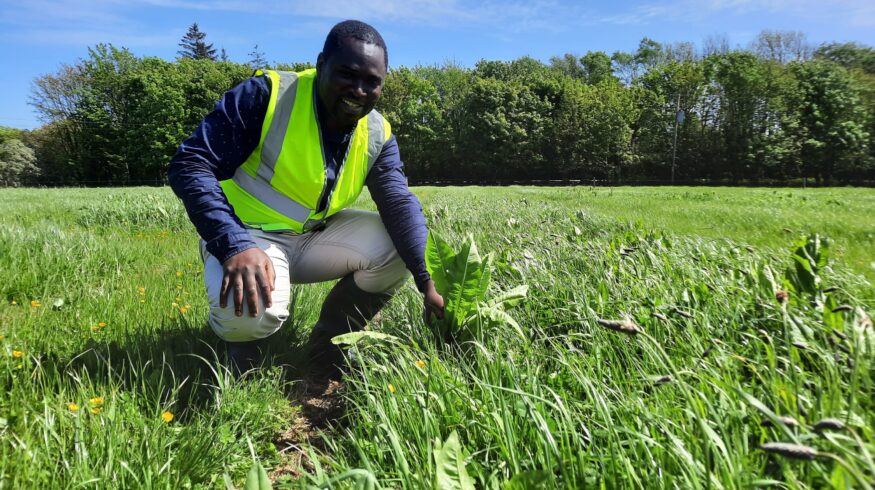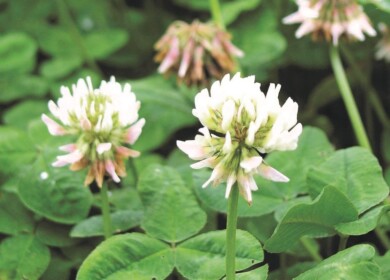Diversified swards outperform microbial fertilizers in boosting grassland yields

Recent research from Teagasc, University College Cork (UCC), Ireland, and international partners reveals that diversifying plant species in grassland swards is more effective in enhancing productivity than using microbial inoculants. The study, led by Dr. Fiona Brennan, a Senior Research Officer at the Teagasc Environment Research Centre, Johnstown Castle, Wexford, was published in the journal Plant and Soil.
The research demonstrates that integrating legumes and herbs into intensively managed swards significantly improves nutrient uptake and herbage yield compared to the application of microbial inoculants, also known as bioinoculants. These findings provide valuable insights for farmers aiming to reduce fertilizer inputs while maintaining high yields.
Dr. Brennan’s two-year field trial evaluated the effectiveness of eight microbial inoculant treatments, including bacterial and arbuscular mycorrhizal fungal (AMF) inoculants. These treatments were applied to seeds or seedbeds of three types of grassland swards: grass-only, grass-clover, and a six-species mixture of grass, clover, and herbs. All swards received 100 kilograms of nitrogen per hectare per year in the form of protected urea.
According to Dr. Israel Ikoyi, a UCC lecturer and former postdoctoral researcher with Teagasc, the study found that mixed swards (grass-legume and grass-legume-herb) significantly increased nutrient uptake and yield compared to grass-only swards. Specifically, switching from grass-only to grass-legume swards increased yields by 3932 kilograms per hectare per year, while grass-legume-herb swards increased yields by 4693 kilograms per hectare per year. The microbial inoculants evaluated did not significantly affect yield.
These yield increases indicate potential nitrogen fertilizer savings of 97-117 kilograms per hectare per year, representing substantial cost reductions for farmers. Dr. Karen Daly, head of the Teagasc Environment Research Department, emphasized the importance of robust scientific evidence in guiding sustainable grassland management decisions.
Overall, the research highlights that incorporating a mix of legumes and herbs into grass swards is a more effective strategy for boosting forage yield and nutrient uptake compared to using microbial inoculants. This approach offers a practical solution for farmers looking to enhance productivity and reduce reliance on fertilizers, ultimately promoting more sustainable grassland management practices.
Enjoyed this story?
Every Monday, our subscribers get their hands on a digest of the most trending agriculture news. You can join them too!












Discussion0 comments